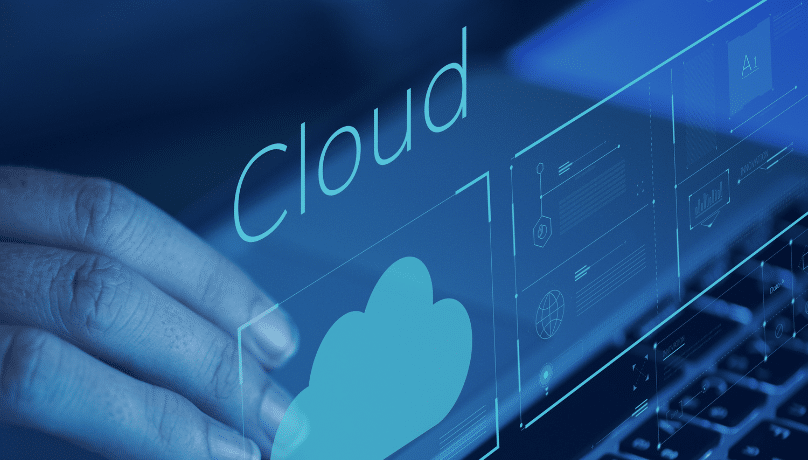








The retail industry is undergoing a dynamic transformation. Gone are the days of relying solely on brick-and-mortar stores and manual processes. Today’s successful retailers leverage the power of technology to streamline operations, enhance customer experiences, and gain a competitive edge. At the heart of this technological transformation lies a powerful orchestra of software solutions, each playing a vital role in the symphony of retail success. In this blog, we’ll delve into the top four types of software used in the retail industry and explore how they will change the retail sector and harmonize to create a winning performance.
Imagine a retail store without a POS system. The chaos would be real! POS systems are the workhorses of retail, handling core transactions like billing, product lookups, and payment processing. A modern POS system goes beyond just ringing up sales. Omnichannel POS systems – the rockstars of the group – seamlessly integrate online and offline sales channels, allowing customers to purchase items online and pick them up in-store, or vice versa. Additionally, POS systems can handle employee management, loyalty program integration, and even generate basic sales reports, providing valuable insights into buying trends.
Take a look at some of the use cases in this industry: Digital Transformation Use Cases in Retail
Inventory management software acts as the conductor of your stockroom, ensuring every product is in the right place at the right time. This software helps track stock levels across multiple locations, manage purchase orders, and optimize inventory allocation. Imagine the cost savings! By accurately forecasting demand, retailers can prevent stockouts, ensure popular items are always on hand, and avoid overstocking on slow-moving products. Inventory management software also helps combat shrinkage, the bane of retailers – lost, stolen, or damaged merchandise.
CRM software is the bridge between retailers and their customers. It helps build stronger relationships by managing customer data, interactions, and preferences. CRM software allows retailers to personalize marketing campaigns, tailoring promotions and recommendations based on a customer’s purchase history and browsing behavior. Imagine sending targeted email campaigns to customers who have shown interest in a specific product category. CRM software also empowers retailers to manage loyalty programs effectively, rewarding loyal customers and incentivizing repeat business. Additionally, it facilitates improved customer service experiences by providing a centralized view of customer interactions across different channels.
👉 How Software helps business boost their loyalty programs?
Retail analytics software is the data interpreter, transforming raw sales data into actionable insights. This software analyzes customer behavior, sales trends, and marketing campaign effectiveness. Imagine data visualizations that reveal peak shopping hours, popular product categories, and the performance of various marketing channels. Retail analytics empowers retailers to make data-driven decisions, optimize product offerings, personalize marketing campaigns for maximum impact, and ultimately, drive sales and customer satisfaction.
Our Data Solutions: Big Data & Data Analytics
These four types of software don’t operate alone, but they work together in beautiful harmony, sharing data and creating a holistic view of the retail operation. A seamless integration between POS, inventory management, CRM, and analytics software allows retailers to:
The ideal software selection will depend on the unique needs of your retail business, and businesses should look for an IT consulting partner in e-commerce industry. Here are some key factors to consider when choosing your software instruments:
ITC Group offers comprehensive services to develop custom software for businesses worldwide. Have a look here: Software Development Services
The software solutions discussed in this blog are not mere instruments; they are the foundation for a successful retail performance. By investing in the right software tools and creating a harmonious integration between them, you can streamline operations, enhance customer experiences, and drive sales in today’s dynamic retail landscape.
Ready to take your retail business to the next level? Explore the different software solutions available in the market today by contacting ITC Group. Evaluate your specific needs and budget constraints, and choose the tools that will empower you to create a winning retail software symphony!
Stay ahead in a rapidly changing world with our monthly look at the critical challenges confronting businesses on a global scale, sent straight to your inbox.